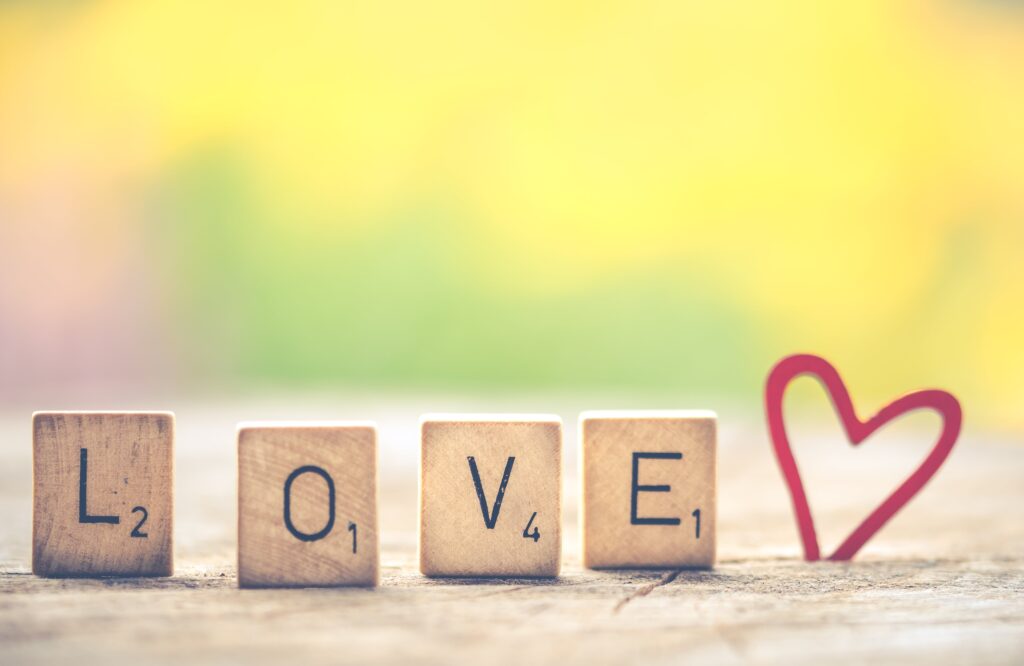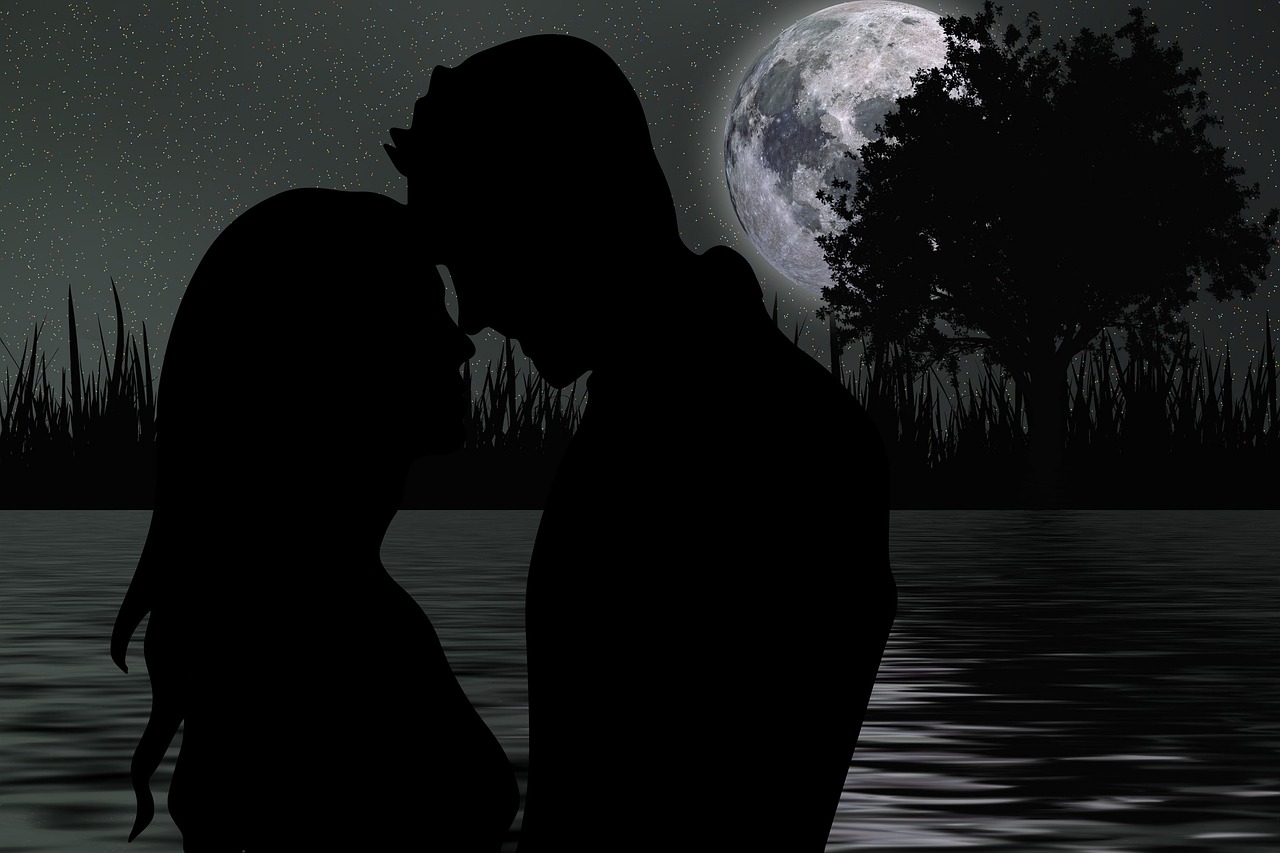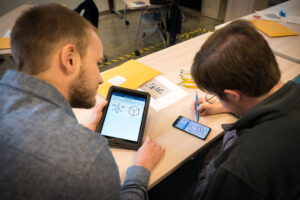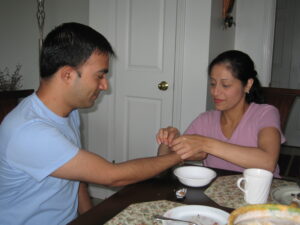Early Civilizations and Love Symbols – Love symbols have a rich history dating back to ancient civilizations. In these early societies, symbols were often imbued with profound meanings related to love, fertility, and relationships.

Symbols in Ancient Egypt
In Ancient Egypt, love and romance held significant cultural importance. Egyptians believed in the power of symbols to convey deep emotions and desires. Symbols like the ankh, representing life, were often associated with eternal love and devotion.
Love Symbols in Greek Mythology
Greek mythology is replete with tales of love and desire, with gods and goddesses embodying various aspects of romantic relationships. Symbols such as the rose, associated with Aphrodite, the goddess of love, beauty, and fertility, held particular significance in Greek culture.
Love Symbols in Medieval Times
Romantic Gestures in the Middle Ages
During the Middle Ages, courtly love emerged as a dominant theme in literature and art. Knights often expressed their affection through chivalrous acts and symbolic gestures, such as exchanging tokens of love.
Symbolism in Medieval Art
Medieval art frequently depicted scenes of courtship and romance, incorporating symbols like the heart, the symbol of love and devotion. These artworks served not only as aesthetic expressions but also as reflections of societal attitudes towards love and relationships.
Chivalric Code and Love Symbols
The chivalric code of the Middle Ages placed a strong emphasis on ideals of honor, loyalty, and courtly love. Knights and nobles adhered to strict codes of conduct in their romantic pursuits, often using symbols such as the fleur-de-lis to signify their noble lineage and romantic intentions.
Renaissance and Love Symbols
Love in Renaissance Literature
The Renaissance period witnessed a resurgence of interest in classical themes, including love and romance. Writers like William Shakespeare immortalized love through their works, using symbols like the sonnet to express profound emotions.
Symbolism in Renaissance Art
Renaissance artists celebrated love and beauty in their masterpieces, employing symbols such as the cupid, representing desire and passion. Paintings like Botticelli’s “The Birth of Venus” captured the idealized forms of love and femininity.
Courtly Love and Its Symbols
Courtly love, a medieval concept that persisted into the Renaissance, emphasized noble and chivalrous expressions of affection. Symbols like the red rose symbolized romantic love, while the white rose represented purity and chastity.
Modern Love Symbols
Victorian Era and Love Symbols
The Victorian era was characterized by a fascination with sentimentality and romanticism. Love symbols such as lockets and love knots became popular tokens of affection, exchanged between lovers as symbols of their commitment.
Contemporary Love Symbols
In the modern era, love symbols continue to evolve, reflecting changing attitudes towards love and relationships. Symbols like the infinity symbol, representing eternal love, have gained popularity as expressions of enduring commitment.
Popular Love Symbols Today
Today, love symbols encompass a wide range of forms, from traditional symbols like hearts and roses to modern expressions like emojis and hashtags. These symbols serve as shorthand for expressing love and affection in an increasingly digital world.
Conclusion
Throughout history, love symbols have played a vital role in human relationships, serving as tangible expressions of deep emotions and desires. From ancient civilizations to the modern era, these symbols have evolved, yet their underlying meanings remain constant—symbols of love, hope, and connection.
FAQs
- What is the significance of love symbols in human culture?
- Love symbols have profound cultural significance, serving as expressions of affection, desire, and commitment across different societies and time periods.
- How have love symbols evolved over time?
- Love symbols have evolved alongside changes in societal norms and cultural practices, reflecting shifting attitudes towards love and relationships.
- Why do people use love symbols?
- People use love symbols to communicate and express their emotions, desires, and intentions towards their loved ones.
- Are love symbols universal?
- While some love symbols may have universal meanings, others are culturally specific, varying in significance across different regions and societies.
- Can love symbols change over time?
- Yes, love symbols can change over time as societal values and cultural contexts evolve, leading to the emergence of new symbols and the reinterpretation of existing ones.




